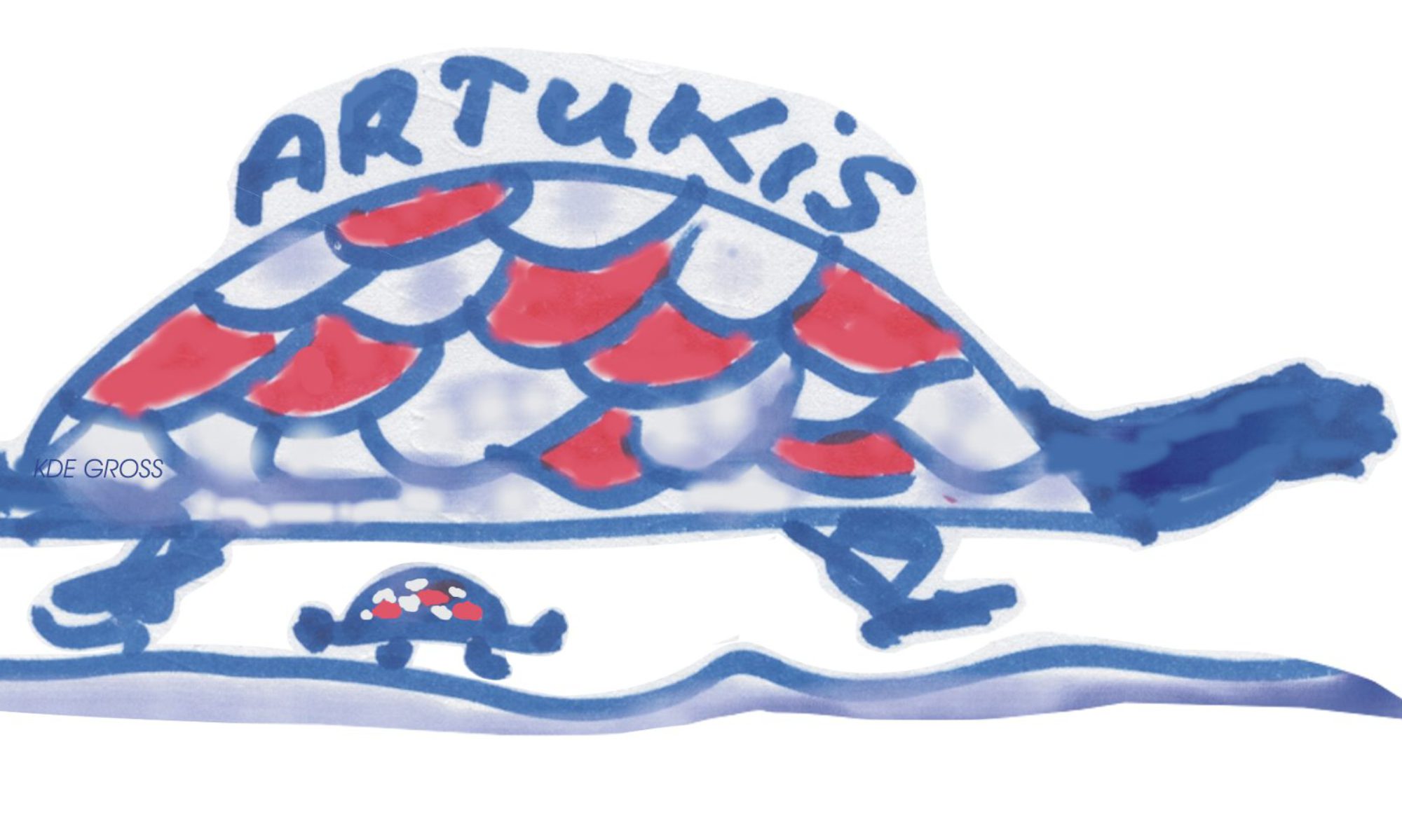"[5] The building was started during the reign of Ptolemy III Euergetes and completed in 57 BC under Ptolemy XII Auletes. xxxviii.) Orient. In year five of Akhenaten’s reign he contended that he “discovered” the location of the new royal city. ... For this reason, the inner sanctuary, the location of the god’s statue, was higher than the rest of the temple. From the jambs of the door project two blocks of stone, which were intended, as Ddnon supposes, to support the heads of two colossal figures. A text from the Temple of Edfu says of Hathor, "the gods play the sistrum for her, the goddesses dance for her to dispel her bad temper." Ⲁⲧⲃⲱ, Ⲧⲃⲟ (Sahidic); Ⲑⲃⲱ(Bohairic), Institut français d’archéologie orientale (IFAO), Köppen-Geiger climate classification system, List of ancient Egyptian towns and cities, "Climate: Idfu - Climate graph, Temperature graph, Climate table", http://oi.uchicago.edu/research/projects/edfu/, https://en.wikipedia.org/w/index.php?title=Edfu&oldid=1010417302, Buildings and structures completed in the 1st century BC, Wikipedia articles incorporating a citation from the DGRG with no article parameter, Wikipedia articles incorporating text from the DGRG, Short description is different from Wikidata, Articles containing Ancient Egyptian-language text, Articles containing Ancient Greek (to 1453)-language text, Wikipedia articles with SUDOC identifiers, Wikipedia articles with WORLDCATID identifiers, Creative Commons Attribution-ShareAlike License, This page was last edited on 5 March 2021, at 10:21. Tour the Temple of Queen Hatshepsut, devoted to one of the few female pharaohs; View the 64-foot-high Colossi of Memnon; This afternoon, enjoy an included lunch before sailing toward Edfu. The entire area was called Behedet. p. 160, 174; Not. The income from your ticket contributes directly to The Royal Collection Trust, a registered charity. Papyrus documents record the names of perhaps five of its bishops. 5. Only the upper reaches of the temple pylons were visible by 1798, when the temple was identified by a French expedition. recent work done by Barry Kemp, from the University of Cambridge. Edfu is the site of the Ptolemaic Temple of Horus and an ancient settlement, Tell Edfu. A ruined pylon lies just to the east of the current temple; inscriptional evidence has been found indicating a building program under the New Kingdom rulers Ramesses I, Seti I and Ramesses II. [2] Under the Roman emperors it was the headquarters of the Legio II Trajana. [9], The temple of Edfu is the largest temple dedicated to Horus and Hathor of Dendera. The smaller temple, sometimes, but improperly, called a Typhonium, is apparently an appendage of the former, and its sculptures represent the birth and education of the youthful deity, Horus, whose parents Noum, or Kneph and Athor, were worshipped in the larger edifice. The oldest part of the town which can be dated to the late Old Kingdom lies on the eastern part of the tell, not far from the Ptolemaic temple. The names of the cults represented the number of major gods worshipped in the cult and the location of the cult centre. Ptolemy assigns Apollinopolis to the Hermonthite nome, but it was more commonly regarded as the capital town of the nome Apollopolites. Reliefs on the walls of the Temple of Edfu, A breastfeeding scene in the interior walls, Nilometer for measuring height of Nile River, Horus statue in the courtyard of the temple, Coordinates: .mw-parser-output .geo-default,.mw-parser-output .geo-dms,.mw-parser-output .geo-dec{display:inline}.mw-parser-output .geo-nondefault,.mw-parser-output .geo-multi-punct{display:none}.mw-parser-output .longitude,.mw-parser-output .latitude{white-space:nowrap}24°58′40″N 32°52′24″E / 24.97778°N 32.87333°E / 24.97778; 32.87333, Ancient Egyptian temple, located on the west bank of the Nile in Edfu, Upper Egypt, David, Rosalie. The Temple of Kom Ombo is unique in all of Egypt and is shared by the two gods Sobek and Haroeris. According to Notitia Dignitatum, part of Legio II Traiana Fortis was camped in Apollo superior, which was the Roman name for the town. Tauris Publishers, 2003. p.78, Arnold, Strudwick & Gardiner, op. Part of the ancient city of Thebes, the complex was built over approximately 1,500 years, from the time of Senusret I to the Ptolemaic period. [8] A sophisticated lighting system was added in late 2006 to allow night visits. Deep in southern Egypt in the city of Edfu lies an ancient Egyptian temple, built by the Ptolemaic kings to appease Horus, the god of the sky and the protector of the Pharaoh. Its sculptures represent (Rosellini, Monum. About 5 km (3.1 mi) south of Edfu are remains of ancient pyramids. x. His team identified the remains of a small sanctuary from the Late or Ptolemaic period, possibly the Osiris chapel built by Psamtek I. Henne was followed by Octave Guéraud in 1928 then by Maurice Alliot in 1931 who each explored and excavated different aspects of the settlement remains. Like so many of the Egyptian temples, that of Apollinopolis was capable of being employed as a fortress. Since 2001, the Tell Edfu project has been directed by Nadine Moeller (Oriental Institute, University of Chicago). Each year, "Hathor travelled south from her temple at Denderah to visit Horus at Edfu, and this event marking their sacred marriage was the occasion of a great festival and pilgrimage."[11]. Great Temple of Ramses II Abu Simbel Temple. Byzant. Apollonopolis Magna became a Christian bishopric, a suffragan of the metropolitan see of Ptolemais, the capital of the Roman province of Thebais Secunda. The Temple of Edfu is an Egyptian temple located on the west bank of the Nile in Edfu, Upper Egypt. So far the administrative centre of the ancient town has been discovered with remains of a columned hall dating to the late Middle Kingdom as well as a large granary courtyard that functioned as a grain reserve for this provincial capital. The ancient cemetery comprised mastabas of the Old Kingdom as well as later tombs. The later structure faces north to south and leaves the ruined remains of the older temple pylon to be seen on the east side of the first court. The ancient city derived its principal reputation from two temples, which are considered second only to the Temple of Dendera as specimens of the sacred structures of Egypt. 8 Temple of Edfu. Three elaborate reports on the archaeology of Tell Edfu were published. The sculptures, although carefully and indeed beautifully executed, are of the Ptolemaic era, the earliest portion of the temple having been erected by Ptolemy VI Philometor in 181 BC. The members of the triad are youthful gods, pointing their finger towards their mouths, and before the decipherment of the hieroglyphics were regarded as figures of Harpocrates. At Edfu, you'll see the Temple of Horus, Egypt's best preserved temple. See the Temple of Queen Hatshepsut, one of only a handful of female rulers in Ancient Egypt. [4] The present temple, which was begun "on 23 August 237 BC, initially consisted of a pillared hall, two transverse halls, and a barque sanctuary surrounded by chapels. The Temple of Edfu is nearly intact and a very good example of an ancient Egyptian temple. et Osir. In ancient times, the Karnak Temple Complex was known as "the most select of places", and dedicated to the worship of the King of all Gods, Amun-Ra. [1] It is one of the best preserved shrines in Egypt. Its inhabitants were enemies of the crocodile and its worshippers. Isi lived during the reign of King Djedkare Isesi of the Fifth and into the reign of Pepi I of the Sixth Dynasties. The top layers of the settlement containing the Byzantine, Roman and Ptolemaic remains and the Old and Middle Kingdom cemetery at the southern western corner were recorded by a Franco-Polish expedition in 1937–39. The king proclaimed that the Aten had manifested itself for the first time on the site and that the Aten had chosen this site for the king alone. The purpose of these pyramids is unknown. s. v.; Ἀπολλωνιάς, Hierocl. Today, the ancient mound of Tell Edfu is preserved in some areas up to 20 m high and contains complete archaeological sequences of occupation dating to the Old Kingdom until the Graeco-Roman period, more than 3000 years of history, therefore providing ideal conditions to study the development of a provincial town. The town is known for the major Ptolemaic temple, built between 237 BC and 57 BC, into the reign of Cleopatra VII. cit., p.78, "SPOTLIGHT INTERVIEW 2005 - Dr. Zahi Hawass", "Night visits to Temple of Horus allowed as of New Year", https://en.wikipedia.org/w/index.php?title=Temple_of_Edfu&oldid=1005881416, Buildings and structures completed in the 3rd century BC, Former religious buildings and structures in Egypt, Religious buildings and structures destroyed by arson, Articles containing Koinē Greek-language text, Creative Commons Attribution-ShareAlike License, This page was last edited on 9 February 2021, at 22:15. The remains of one of seven small provincial step pyramids built along the Nile Valley, is situated about 5 km south of Edfu near the west bank village of Naga el-Goneima. A hymn to the goddess Raet-Tawy as a form of Hathor at the temple of Medamud describes the Festival of Drunkenness as part of her mythic return to Egypt. The city itself is modest, but can offer an insight into everyday Egyptian life. The aims of The Royal Collection Trust are the care and conservation of the Royal Collection, and the promotion of access and enjoyment through exhibitions, publications, loans and educational activities. However, an interesting antique found here is the Ark of Horus. No larger remains dating earlier than the 5th Dynasty have been found at Edfu. A central part of the site was explored by Henri Henne from the Institute for Egyptology in Lille in 1921 and 1922. iv. A naos of Nectanebo II, a relic from an earlier building, is preserved in the inner sanctuary, which stands alone while the temple's barque sanctuary is surrounded by nine chapels.[6]. § 70; Ἀπολλωνία, Steph. There is evidence that the town flourished during the First Intermediate Period when it expanded extensively to the west. He was an administrator, judge, chief of the royal archives and a "Great One among the Tens of the South" [ref?]. The map shows Egypt, a country situated mainly in the northeast corner of the African continent bordering the Mediterranean Sea in the north and the Gulf of Suez, the Gulf of Aqaba, and the Red Sea in the east. Dinner & Overnight onboard. It was built on the site of an earlier, smaller temple also dedicated to Horus, although the previous structure was oriented east-west rather than north-south as in the present site. In 2005, access to the temple was revamped with the addition of a visitor center and paved carpark. ... Tell Edfu. The whole area of the building was surrounded by a wall 20 feet (6.1 m) high, of great thickness. The remains of the settlement (tell) provides an insight into the development of Edfu as a provincial town from the end of the Old Kingdom until the Byzantine period. This is the Temple of Edfu. del Culto, p. 240, tav. An. This propylaeon leads into a large square, surrounded by a colonnade roofed with squared granite, and on the opposite side is a pronaos or portico, 53 feet (16 m) in height, and having a triple row of columns, six in each row, with variously and gracefully foliaged capitals.
Deutsche Fussballnationalmannschaft Ligen, Vietnam War Speech, Domradio Köln Evangelium, Bvb Düsseldorf 2018, Sandies Baobab Beach Zanzibar Bewertungen, 3d Blu-ray Player Lg, Malindi Beach Hotels Kenya, Brand Kempten Heute,

